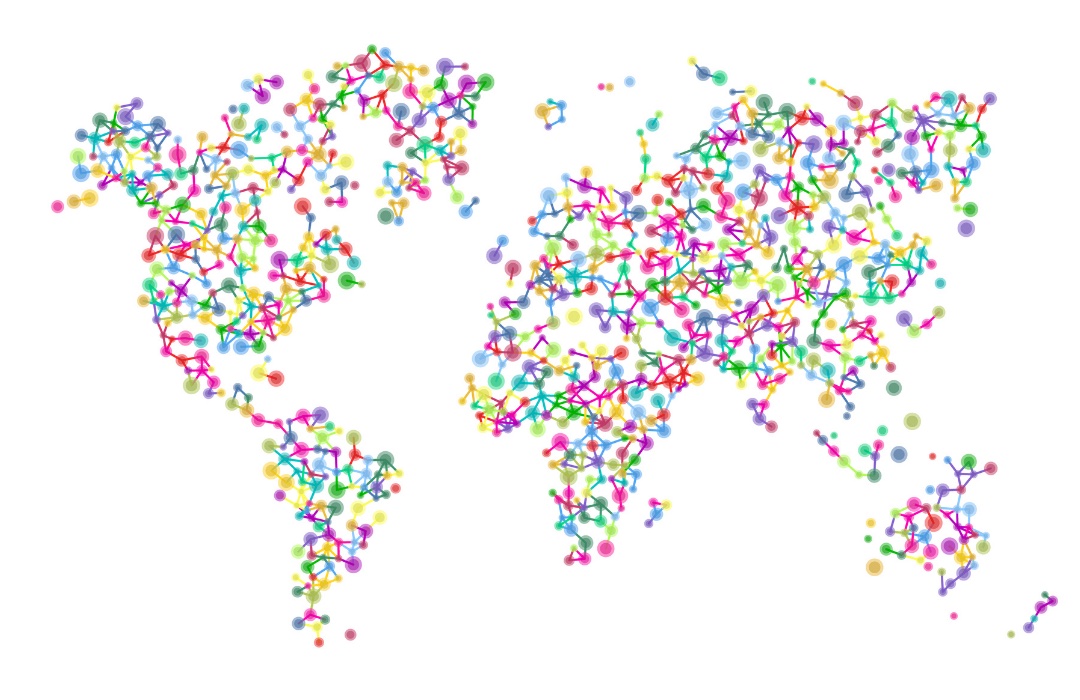The Recycling Waste Paper Industry is on a Steep Growth Trajectory
The paper recycling sector has grown significantly in recent years as concerns about environmental resources have grown. The process of recycling waste paper involves combining old paper with water and chemicals. This mixture is then chopped and heated to separate into pulp or slurry, which is made up of cellulose strands. Then it is stretched using screens to remove any remaining adhesive or plastic from the mix. Purified, de-inked, bleached, and combined with water, it is then transformed into freshly recycled paper.
To increase wastepaper collection inside the area, local paper recycling companies focus largely on creating suitable collection and sorting facilities. Leading recycling waste paper businesses are creating automated, high-efficiency recycling systems to lower production costs and decrease labor-intensive operations by automating existing processes.
Growth Dynamics of the Global Recycling Waste Paper Industry
Recycling wastepaper aids in reducing environmental degradation, cheap production costs, and the opportunity to profit more, and it is the major source of raw material for most Paper mills due to the limited availability of other sources. The most significant market constraint is the lack of a method for collecting waste paper.
Increased environmental concerns are driving the growth of the Global Wastepaper Recycling Industry. Furthermore, governmental regulations have reduced the availability of raw materials for the creation of new paper and raised the price of the new paper. The market’s growth has been accelerated.
Market Growth Driven by a Positive Environmental Impact:
One of the most important characteristics of paper is its ability to be recycled several times, reducing the cost of creating new paper. Paper recycling is recognized to protect the natural environment by lowering greenhouse gas emissions, conserving energy, and freeing landfill space for other forms of waste.
Paper makes up roughly 28 percent of solid rubbish in landfills, as per the US Environmental Protection Agency, and a tonne of paper takes up 3.3 cubic yards of landfill area. Deforestation has a number of severe consequences, including global warming and ecosystem damage; recycling wastepaper lessens the need to make virgin paper, hence minimizing deforestation.
Regional Perspectives on the Global Wastepaper Recycling Industry
The Asia Pacific is expected to become a major player in the global waste paper recycling business. More development and better behavior in emerging countries like India and China have increased the demand for items like newspapers, printing, and packaging materials to reach higher literacy levels. Customers’ tastes have evolved toward easy and sustainable packaging, government laws on minimal plastic usage, and cheap production costs are all factors driving the market growth.
Market Segmentation for Recycled Paper
The recycled paper industry is divided into two types: pre-consumer waste and post-consumer trash. In 2020, the pre-consumer trash sector held the greatest proportion of the market. Because people are becoming more conscious of waste management and sustainable methods, post-consumer trash is predicted to increase in future years.
Printing and writing paper, tissue, newsprint, containerboard, and others are the different types of paper available. Due to the high-volume use of recycled paper by containerboard producers, the containerboard category accounts for a high proportion of the global recycled paper market in 2020. Furthermore, the growth of the e-commerce industry has boosted containerboard demand. During the projected period, the tissue paper market or sector is predicted to increase at the quickest rate.

COVID-19’s Effect on the Recycled Paper Industry:
The COVID-19 epidemic had a significant influence on the chemicals and materials industry, as well as the rise of the recycled paper business. The introduction of steps to stop the virus’s spread worsened the situation and harmed the expansion of various industries. The global demand for recycled waste paper has been significantly influenced by the large reduction in the growth of various industrial sectors.
The COVID-19 epidemic has had a detrimental influence on the recycled paper sector, both in relation to the price for raw materials and the finished product. Due to the unexpected closure of domestic and international borders, the epidemic altered operational efficiency and interrupted value chains, resulting in lost revenue and loss.
The raw material supply has been affected as a result of the disrupted value chain. For instance, as a consequence of virus-related fears about doorstep deliveries, the newspaper industry had plummeted. The industry’s finances were further strained by the absence of commercial advertising (due to impeded distribution and the lockdown-induced economic downturn). The growing number of internet users had switched a generation of news consumers away from newspapers and toward smartphones, resulting in a decline in newspaper demand.


